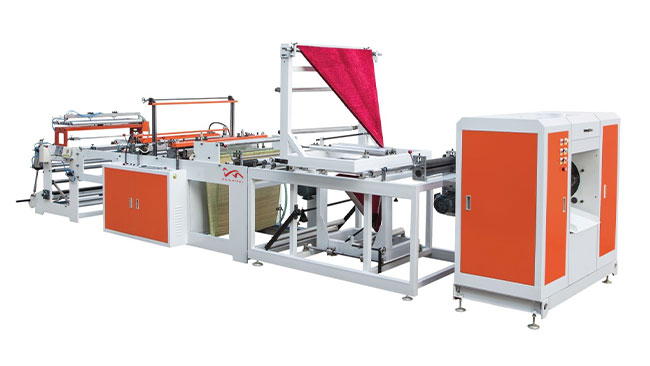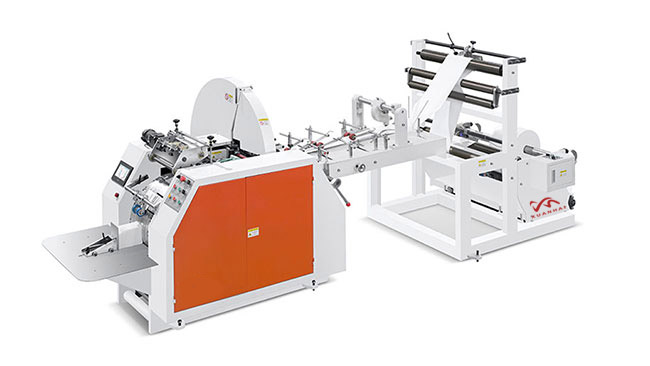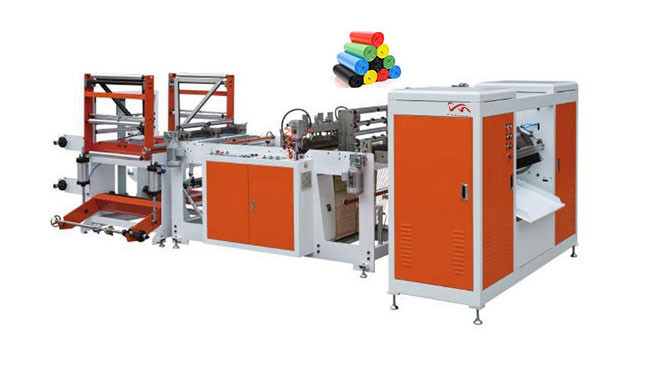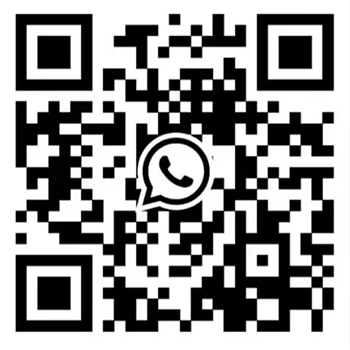WHAT IS LPI
Interpretation of Printing Terminology
The number of lines per inch (lpi) refers to the number of lines per inch printed on a printed product, in other words, the density of the printed lines.
Features:
1. In the printing process, the size of the dot is controlled by the density of the mesh lines, and the fewer the mesh lines, the easier it is to see the dot of the printed material with the naked eye. In practical applications, the number of mesh cables used during printing will be selected based on the type of paper. The general rule is that the rougher the surface of the paper, the lower the number of mesh lines used during printing (the thicker the mesh lines will be), otherwise the ink will diffuse and stick due to the dense mesh lines, resulting in unclear printing quality. 2. The newsprint used for newspaper distribution can have a network cable count of 85lpi; In addition, it is best to have a mesh number of 100-133 lpi for printing on uncoated Daolin paper and molded paper; The number of printing lines used for coated copper plates and snow copper paper on the surface is above 150lpi (usually 157dpi); If using more advanced glossy paper, it is recommended to use a network cable count of 200lpi or higher (but please confirm with the printing factory first whether such a high network cable count can be printed)
Classification:
Giant poster: 20-30lpi, with very obvious network points but unobstructed for long-distance viewing.
Regular newspaper: 80-133lpi, easily visible to the naked eye.
Regular journal books: 120-150lpi, barely visible to the naked eye. Journals, brochures, promotional pages, posters, packaging, etc. printed on copperplate paper:
The most common is 175lpi, with a few being 200 lines (the dots are difficult to detect with the naked eye), and it is rare to exceed this accuracy.
Extended Information:
The original manuscripts used for brushing can be classified into textual, pictorial, photographic, and other categories.
Manuscripts can be handwritten, typed, or printed, and can be used as a basis for typesetting or photography as needed. For typesetting purposes, it must be clear; For photography purposes, in addition to being clear, it is also necessary to draw thick black lines with sharp contrast in order to be suitable.
The original drawing can be divided into continuous tone drawings and line drawings, such as comics, illustrations, etc; The former, such as carbon painting, watercolor painting, traditional Chinese painting, oil painting, etc. There are also monochrome and colored options. This type of original manuscript must undergo photography before being copied, so its color tone should be suitable for the characteristics of photosensitive materials.
Photographic manuscripts can be divided into black and white photography and color photography, as well as positive and negative images, including fax photos and color separation negatives. In short, only those with normal concentration and moderate contrast can be used for replication.
Any original used for photography can be broadly divided into two categories: reflection copy and transparency copy. The former is an opaque draft, such as drawings and sun printed photos. The latter is a transparent draft, such as slides, transparent images, etc.
Recently, those who have used physical objects for direct color separation can avoid the waste and color loss of the original shooting.
- Paper Food Box Making Machine
- Three-dimensional carton forming machine
- Multi grid paper lunch box forming machine
- Hamburger box making machine
- Food box making machine
- Right angle paper box making machine
- Carton Erecting Machine
- Paper cup making machine
- Paper stick making machine
- Sticker Label Making Machine
- Sticker Label printing machine
- Die cutting machine
- Label Slitting and rewinding machine
- Label Making Auxiliary equipment
- Printing Quality Checking Machine
- Plastic Container Making Machine
- Plastic cup making machine
- Plastic cup printing machine
- Plastic lid printing machine
- PVC Shrink Sleeve Making Machine
- PVC Shrink sleeve gluing machine
- PVC Shrink sleeve cutting machine
- PVC film slitting machine
- PVC film printing machine
- Disposable Products Making Machine
- Plastic glove making machine
- Medical Disposable Making Machine
- Hotel Amenities Making Machine
- Paper confetti die cutting machine
- Party products making machine






